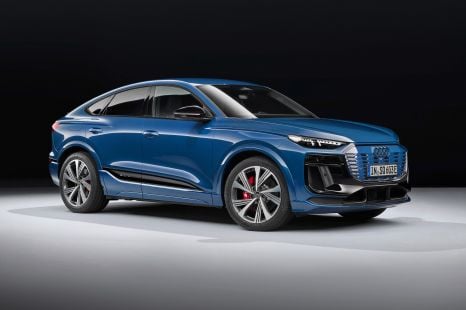

William Stopford
2026 Audi Q6 and SQ6 Sportback e-tron price and specs
1 Day Ago

Marketplace Journalist
Hyundai is reportedly set to begin mass production of its next-generation Palisade later this year, accelerating the model’s timeline by around a month.
The new Palisade, codenamed LX3, was originally set to enter production in January 2025, but it’s now been brought forward to December 2024 to address the growing demand for hybrid vehicles, according to the Korean Car Blog.
That also means all pre-prototype model development this year has been brought forward by a month. Camouflaged models have already been spied testing this year.
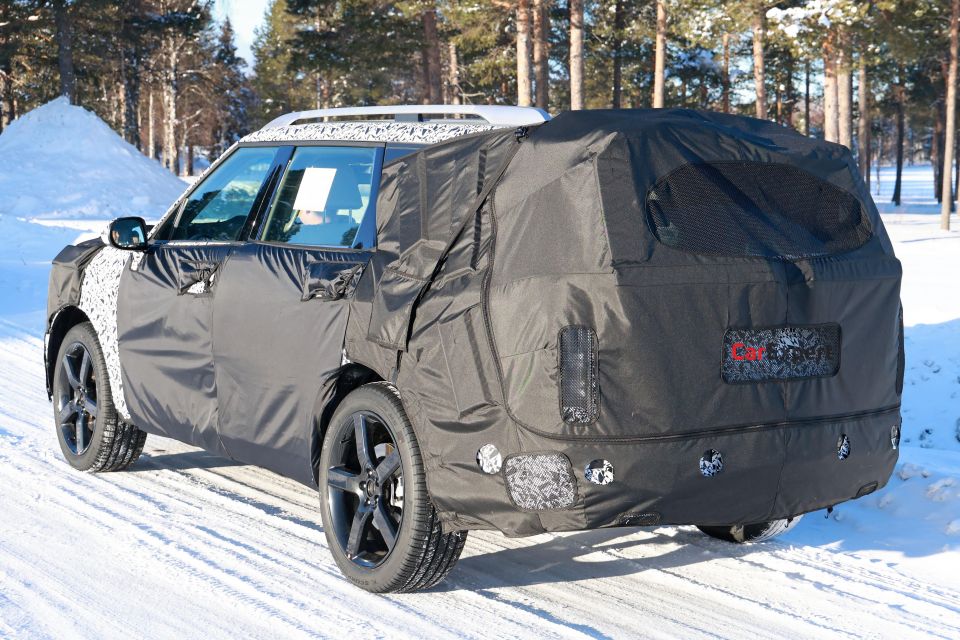
Korean Car Blog reports Hyundai will aim to produce 210,000 second-generation Palisades annually, up 30 per cent from last year’s production targets for the current-generation model.
Of that total, 70,000 units are reported to be petrol, while the remaining 140,000 units will be hybrids. There will reportedly be no diesel options for the new generation.
Korean outlet ET News earlier this year reported the new Palisade will instead offer a choice of a turbocharged 2.5-litre hybrid four-cylinder powertrain and a 3.5-litre turbo V6, in lieu of the current 2.2-litre turbo-diesel four-cylinder and 3.8-litre petrol V6.
The report also noted there will be “two types” of hybrid, which could indicate the Palisade will follow the smaller Santa Fe in gaining both conventional and plug-in hybrid systems.
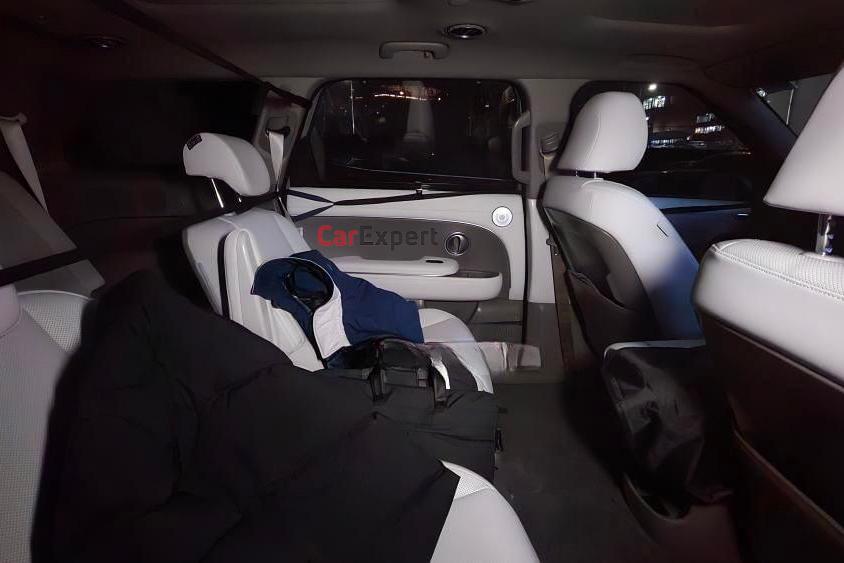
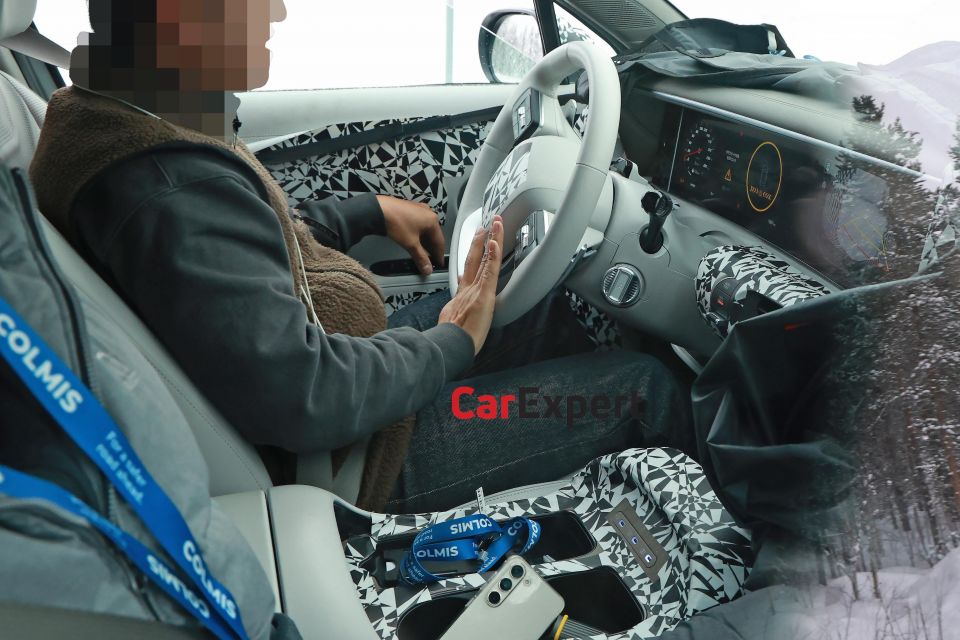
Hybrid SUV sales in Australia increased by nearly 15,000 units in Australia from 2022 to 2023, while the Korean Car Blog reported new hybrid registrations in Korea reached 129,201 units from January to April in a 40.8 per cent increase on the same time last year.
That increase has likely incentivised Hyundai to bring forward Palisade hybrid production.
The current Santa Fe’s mid-life update moved it to a new platform supporting hybrid and plug-in hybrid powertrains, though the Palisade’s mid-life update did not bring any such move.

The second-generation Palisade will reportedly adopt Hyundai’s latest software-driven vehicle (SDV) technology, with wireless over-the-air updates for suspension, brakes and airbags, as well as a Level 3 autonomous highway driving system.
The current model arrived locally in 2020, with both 217kW/355Nm petrol V6 and 147kW/440Nm turbo-diesel four-cylinder powerplants.
Hyundai sold nearly 4000 Palisades in Australia last year, but it was outsold by the Santa Fe (6033 sales), Mazda CX-9 (4696 sales) and Toyota Kluger (10,430 sales)
The incoming model will be joined by the upcoming electric Ioniq 7 at the top of Hyundai’s SUV lineup, which will be a similar size to the current Palisade and is expected to offer both single-motor rear-wheel drive and dual-motor all-wheel drive powertrains.
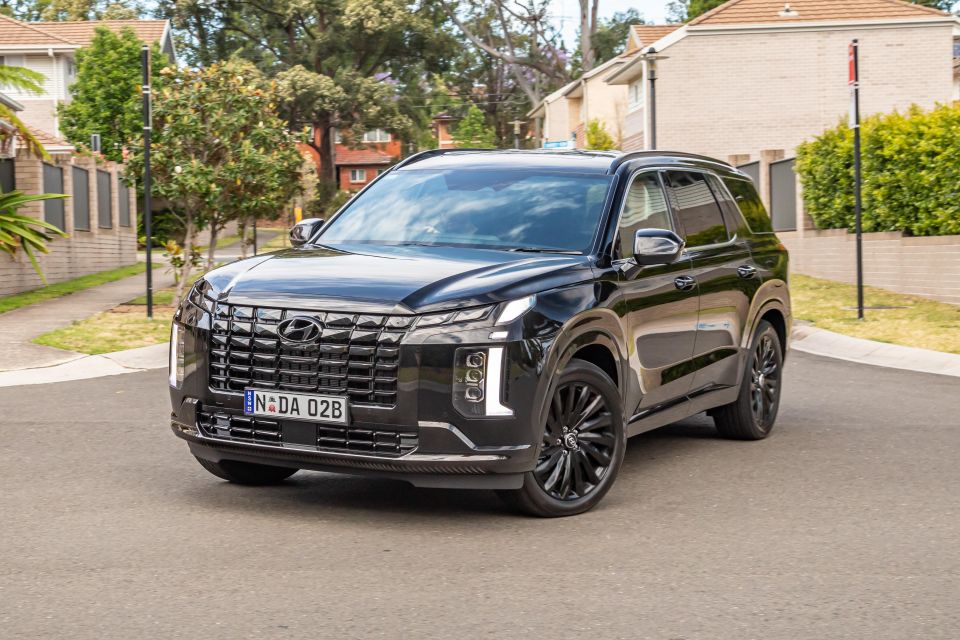
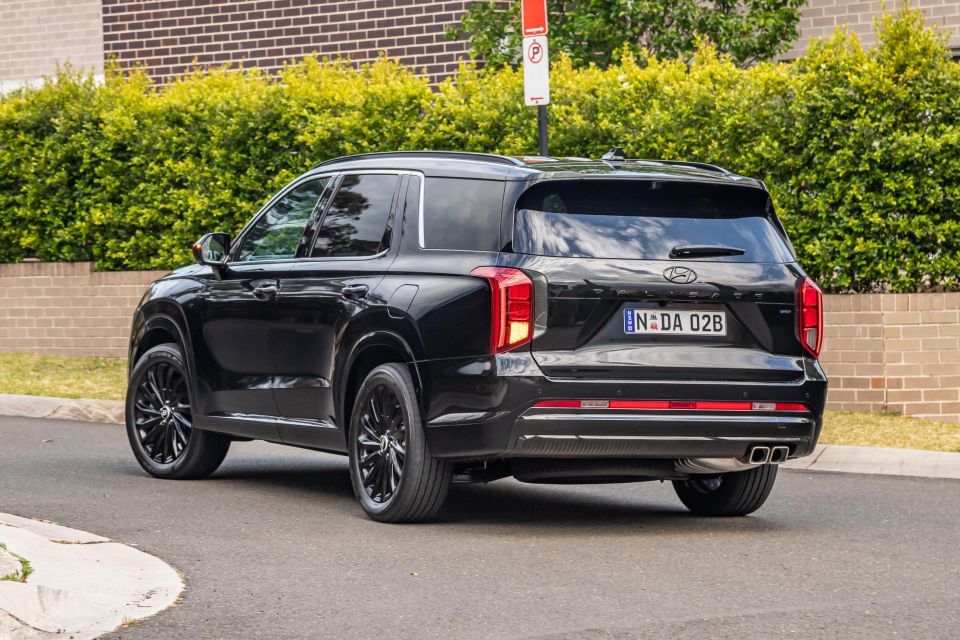
MORE: 2025 Hyundai Palisade’s luxurious interior spied MORE: 2025 Hyundai Palisade to say goodbye to diesel, hello hybrid MORE: Everything Hyundai Palisade
Where expert car reviews meet expert car buying – CarExpert gives you trusted advice, personalised service and real savings on your next new car.
Max Davies is a CarExpert journalist with a background in regional media, with a passion for Japanese brands and motorsport.


William Stopford
1 Day Ago
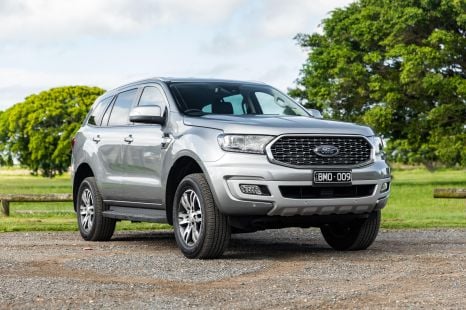

William Stopford
3 Days Ago
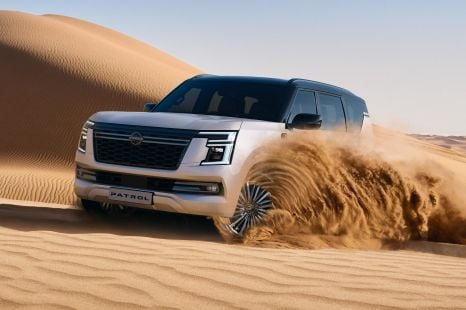

James Wong
6 Days Ago
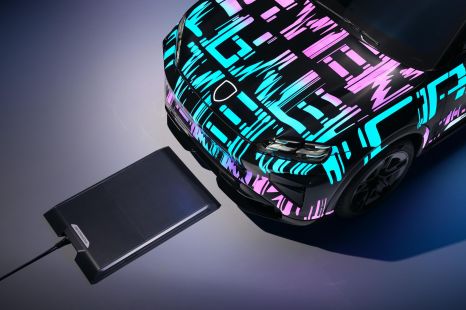

Derek Fung
10 Days Ago
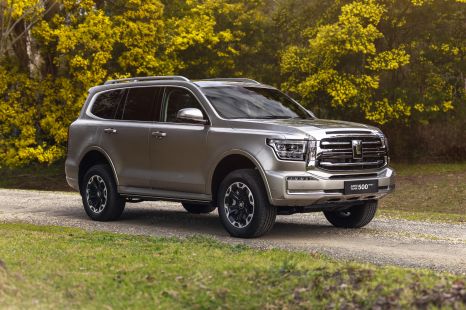

William Stopford
12 Days Ago
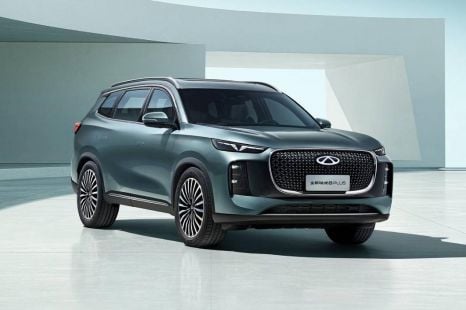

William Stopford
18 Days Ago